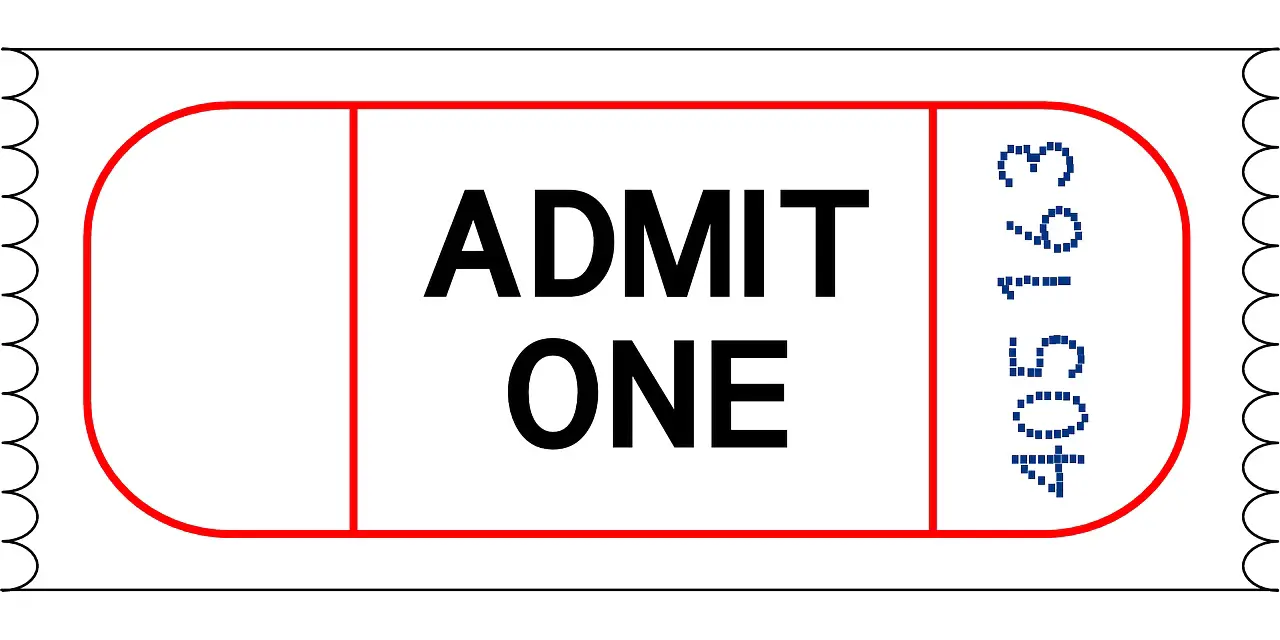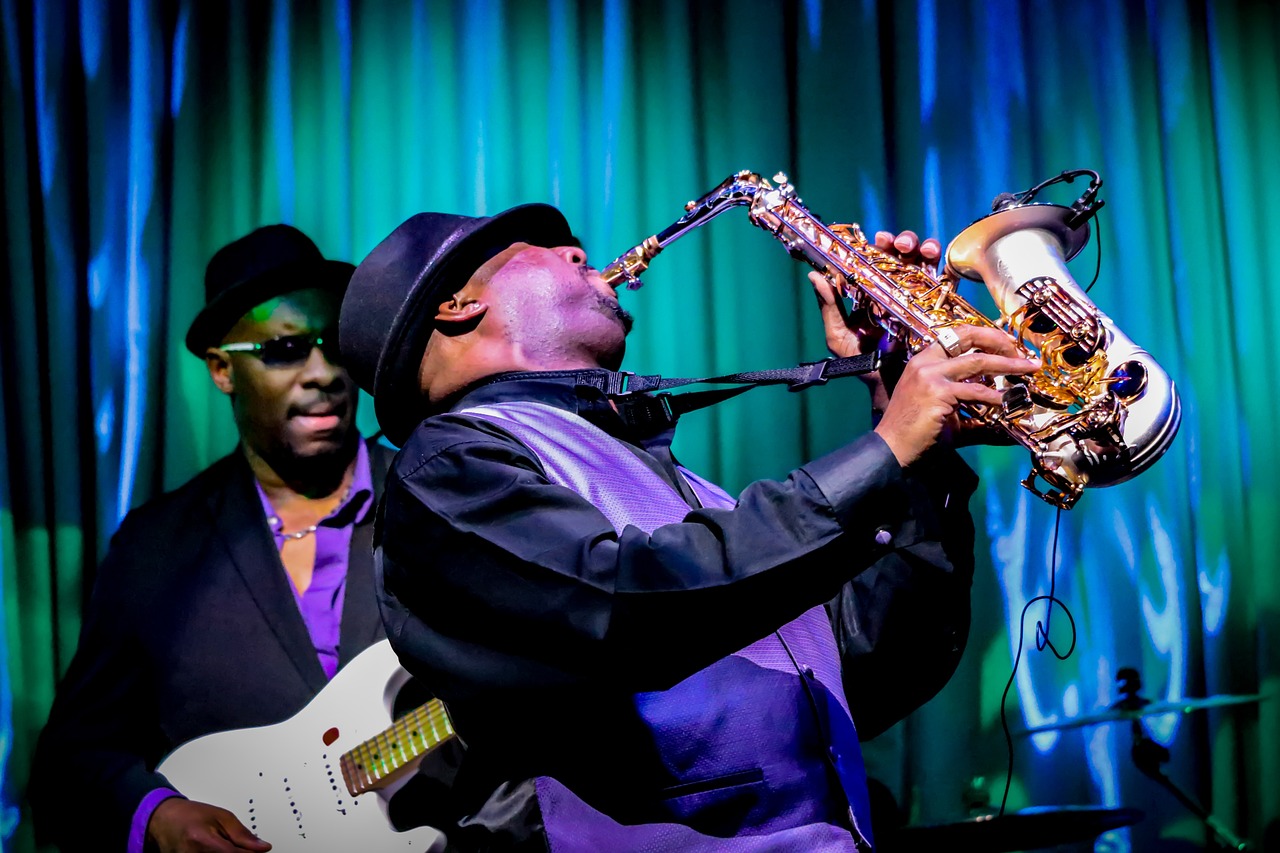
Since the creation of radiology as a specialty, the duration of radiology residency has slowly increased. When the first “radiologists” began training, a radiology apprenticeship/residency took as little as one year. After the American Board of Radiology (ABR) was formally created, the board decided to increase the number of years in residency to three years in 1940. (1) Finally, in 1982, the ABR set the required years for board certification to 4. (2)
So, what is magical about the “most recent” decision in 1982 to set residency as a 4-year process? And would it make sense to create a different length of time for completion of radiology residency? Using a thought experiment, we will imagine what would happen if the ABR suddenly changed the radiology residency from four years to three or five years. More specifically, we will address the essential benefits and disadvantages of changing the time spent in radiology training if the ABR changes the requirements for a three or five-year residency.
What Would Happen If Radiology Residency Was Three Years?
Biggest Problems
Based on my own experiences, a resident must meet a certain threshold of reads and procedures to establish competency in a given area. In the setting of a three-year residency, I believe that not all the residents will achieve this number in all subjects. Could the job market withstand new trainees with experience? Possibly, if we no longer created general radiologists and only wanted to make subspecialist radiologists. However, the current demand for radiologists seems to be for subspecialists who can practice general radiology. So, the new output of radiologists would theoretically not meet the workforce’s needs.
Furthermore, programs would need to cancel training that we all know as part of radiology residency today. For instance, would residents have the time to structure a one-month rotation at the AIRP if the residency length is only three years? (I found it to be a valuable experience!) Or, how can you substantiate the need for mini-fellowships when you have significantly less time for training? The ABR and residencies would have many of these issues to work out.
And finally, you would create one year when you would have double the number of radiology trainees entering the workforce. You may think that is not a big deal. However, due to the laws of supply and demand, those radiologists that graduated in that year of change would likely have significantly more problems obtaining a job!
Biggest Advantages
With the significant rise in student debt, eliminating a year of residency would considerably impact the lives of new residents. Imagine being able to pay your debts off a year sooner. Furthermore, trainees have already delayed gratification for so many years. Wouldn’t it be nice to start your actual career a year earlier?
From a program director’s perspective, one less year of residency would reduce some bureaucratic burdens upon the residency programs. Naturally, you would need one less year of paperwork to be processed. So, that would reduce some costs on the individual programs. But, this is more of an indirect benefit to residency programs.
What Would Happen If Radiology Residency Was Five Years?
Biggest Problems
If we started with five-year residency programs, I think we would first notice increased radiology resident fatigue and burnout. More specifically, this would primarily affect the first class of “outgoing” seniors since they would need to alter their expectations radically. Believe me. An extra year of residency is no minor issue!
On the financial side, residents would increase their debt burdens by an extra year of relatively lower pay. For those without debt, this probably would not impact you as much. But for most residents, an additional year can add to a significantly increased financial burden.
Less specific to individual residents, the extra year would cause a one-year absence of outgoing trained residents into the workforce. Understaffed private practices would become more severely burdened because many imaging businesses would have to freeze hiring for one year until the typical graduating schedule returned to normal. This is no small matter.
Biggest Advantages
Firstly, radiology residents would have increased experience when entering the workforce after a five-year residency. An extra year means significantly more mammograms, CT scans, MRIs, and procedures before beginning a career pathway. Moreover, the fifth-year seniors would easily be able to run academic radiology departments throughout the country. The prominent academic centers would love this. More “free” labor with more academic time for faculty members!
In that same vein, you would also satisfy the current practice’s needs by hiring subspecialists that can also practice general radiology, the most significant current demand in the private practice workforce. And similarly, you would also be creating fewer super subspecialized radiologists that could only read their subspecialties.
Additionally, you could make an argument to return the board exam to the last year of year residency before graduation. For the individual resident, this would mean more time to study during residency instead of preparing for the certification examination after entering the workforce.
My Take
Change is never easy. But, change that can lead to significant improvements for the current residents and workforce makes a lot of sense. In this case, I do not see that the advantages outweigh the problems of changing the number of years of radiology residency. Perhaps, later on, the balance may be altered. But, based on current practices, changes in duration would present undue burdens upon residents, faculty, and private practices without enough rewards to make the change worthwhile. Let’s continue monitoring the situation but keep things the way they are for now!
(1) https://www.theabr.org/about/our-history
(2) http://radiology.yale.edu/about/history/
(3) https://www.auntminnie.com/index.aspx?sec=ser&sub=def&pag=dis&ItemID=110650














